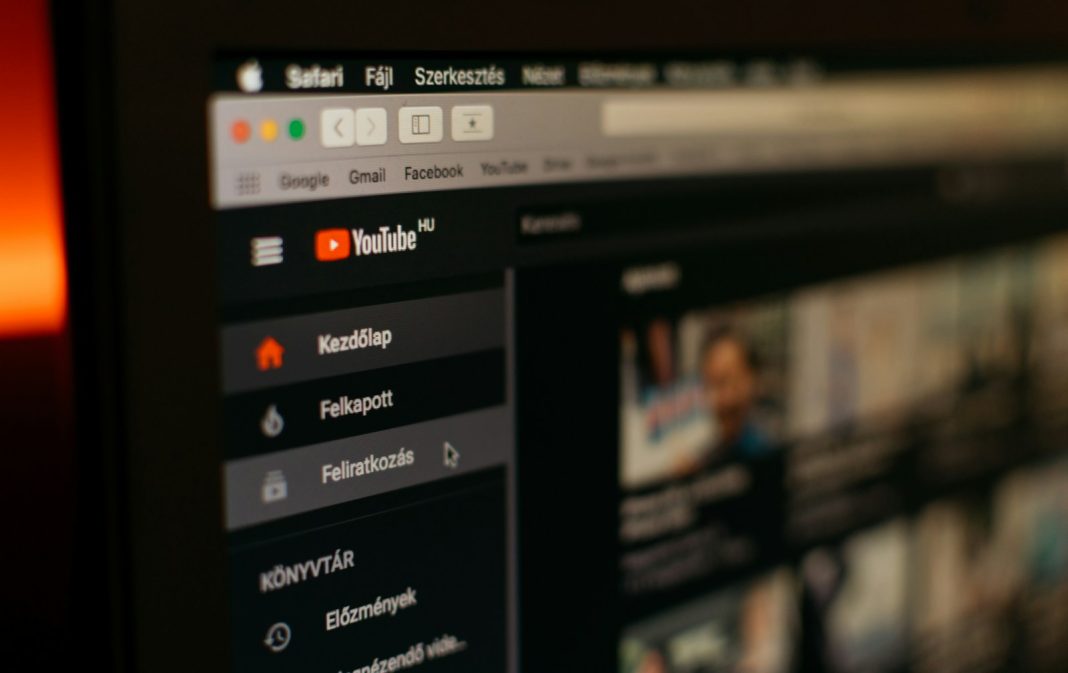In a bid to address concerns surrounding the proliferation of AI-generated content, YouTube has announced a new measure requiring creators to label videos featuring altered or synthetic media. This move comes amidst growing apprehensions regarding the potential misuse of generative AI technology to create deceptive or misleading content on the platform.
The newly introduced tool, integrated into YouTube’s Creator Studio, mandates creators to disclose when their videos incorporate altered or synthetic media elements. Such elements encompass content generated through generative AI, including deepfake technology. Within the revamped Creator Studio interface, creators will now encounter a dedicated “Altered Content” section prompting them to indicate whether their videos meet the stipulated requirements.
However, YouTube’s labelling requirement does not encompass all forms of digital manipulation. Videos featuring conventional animation, special effects, or other visually altered content not falling within the specified categories will not necessitate labelling. Specifically, the label must be applied to videos incorporating the following:
- Realistic manipulation of individuals’ likeness, such as facial swapping (deepfake).
- Creation of synthetic voices based on real individuals.
- Alteration of real-world settings in a realistic manner, like simulating destructive events or modifying landscapes.
- Production of convincing scenarios that viewers may mistake for genuine occurrences, like fabricated natural disasters.
It’s important to note that the labelling obligation exclusively pertains to the visual and audio components of videos. YouTube does not mandate disclosure regarding the use of generative AI in other facets of video production, such as scripting. Moreover, videos that do not feature realistic alterations, including certain types of animations and benign special effects, are exempt from this requirement.
Despite this significant step towards transparency, some remain sceptical about its efficacy. YouTube’s reliance on creators to voluntarily apply the label raises doubts about its enforceability. While the platform hints at potential enforcement measures for non-compliance, including the possibility of automated labelling, a concrete enforcement policy is yet to be established.
In response to concerns regarding the potential impact of AI-generated content, YouTube asserts that labelled videos will display the disclosure within their expanded descriptions. Additionally, videos deemed particularly sensitive, such as those related to health, news, elections, or finance, may receive more conspicuous labelling directly on the video player.
As the prevalence of AI-generated content continues to rise, stakeholders across various sectors express a growing sense of urgency in addressing its implications. While YouTube’s labelling initiative represents a step towards enhancing transparency and accountability, its ultimate effectiveness hinges on robust enforcement mechanisms and widespread compliance from content creators.
The implementation of such measures underscores the ongoing efforts to navigate the evolving landscape of digital content creation responsibly. As the debate surrounding AI-generated content intensifies, stakeholders are compelled to explore innovative solutions to safeguard the integrity and authenticity of online information dissemination.
In conclusion, while YouTube’s labelling requirement signifies progress in addressing concerns surrounding AI-generated content, its efficacy remains contingent on comprehensive enforcement strategies and collaborative efforts from all stakeholders involved. As technological advancements continue to shape the digital landscape, proactive measures aimed at promoting transparency and accountability are imperative to preserve the credibility and trustworthiness of online platforms.


